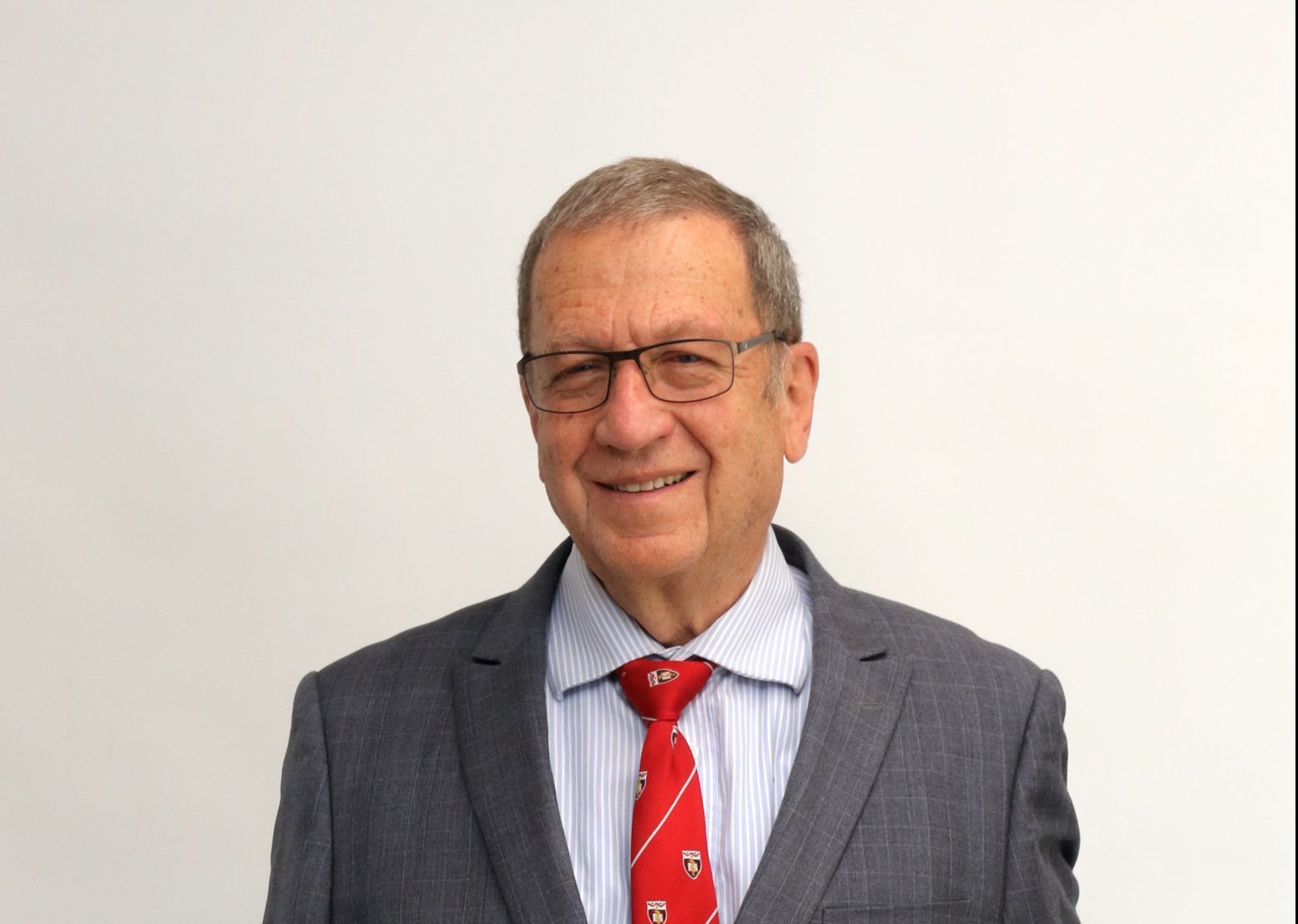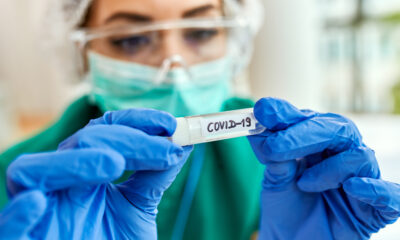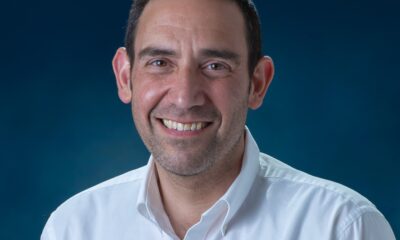
OpEds

Another way to look at SA’s COVID-19 vaccine roll-out
Going into our second year of the COVID-19 pandemic, we have been fed an ample diet of despair, blame, and negativity, especially when it comes to the vaccine plan – or perceived lack thereof. From what I gather from colleagues overseas, we’re no different to many other countries with a free press. In South Africa, fashioning a negative narrative isn’t too difficult.
To start with, the country last year failed to secure vaccines while so many Western countries were on a buying frenzy to pre-order the as-yet unproven COVID-19 vaccines for their citizens. Then, when South Africa eventually did manage to secure one million doses of the AstraZeneca vaccine in February this year, no sooner had the vaccine landed on our shores than its distribution was stopped in its tracks and the consignment was “dumped” onto some other “hapless” African countries. There was still no vaccine.
Vaccination sort of started up at a snail’s pace via a phase 3b implementation study, using the Johnson & Johnson (J&J) vaccine to vaccinate with urgency our hard-pressed healthcare workers, only for it to be stopped again. Why? This time because of some vanishingly small risk of blood clots which were reported in the United States!
So, now in mid-April, a quarter of a percent of the country’s adult population have been vaccinated, compared to Rwanda, Ghana, and Senegal each having already reached 2.8%, 2.5%, and 2.3% of their respective populations with the first dose of vaccine.
Now, let’s look at another narrative on the same series of events.
Undoubtedly the COVID-19 pandemic has been a seriously damaging event. It has disrupted lives, cost livelihoods, hammered economies and, of course, not to mention, taken more than three million lives globally and at least 50 000 in South Africa. Infection-prevention restrictions have been uncomfortable, tedious, and mentally challenging. However, consider for a moment how challenging COVID-19 would have been had it occurred but 15 years ago, when it could have taken several years rather than 10 months to develop a vaccine.
Let’s consider if the government had listened to the howls from the media and also the handful of howlers from the medical profession, and it had bought up a population’s supply of vaccine, say AstraZeneca. We may then have been stuck with 80 million doses of a vaccine which science has shown may well be ineffective against the dominant variant of coronavirus in this country – B.1.351. Fortunately, it bought only one million doses, which was sold to other countries on the continent where B.1.351 is either non-existent or a minor component, and where it could well have been a lifesaver.
Universally, it’s agreed that first in line for COVID-19 vaccination are the country’s healthcare workers. Fortunately for South Africa, a well-planned clinical trial in this country included elderly participants who would be vulnerable to severe disease, ultimately what we would want to establish in a candidate vaccine. It showed that the J&J vaccine effectively prevented severe disease from B.1.351 coronavirus.
On the coat tails of that trial, J&J donated vaccine for our healthcare workers in a phase 3b implementation study, the so-called Sisonke programme, which commenced in February. The programme, like any other trial, comes with certain regulatory requirements. Among these is the appointment of independent monitoring boards including an ethical monitoring board. The latter is tasked with looking out for any safety signals among participants anywhere in the world where the study is being carried out, no matter how rare. Like any trial, once a safety signal is reported, no matter how rare, safety monitoring requirements oblige the ethical body to hit the pause button while the assessment is carried out. This pause isn’t a suspension of the trial, and is usually only for a few days. In the case of the recent clotting safety signal with J&J in South Africa, the pause lasted about four days. Clearly, a four-day pause out of a 90-day vaccination programme couldn’t have had a serious effect on the vaccination benefit, especially in a time of low virus activity.
The COVID-19 vaccine roll-out programme itself is planned to begin in May. It’s undoubtedly delayed compared to most Western countries and even a significant number of middle-income countries. Starting in May, it will be about four months later than Western countries. And yet, the number of COVID-19 deaths per million population in South Africa is less than half that of the United Kingdom (UK), the first country in the world to kick-off a national vaccination programme. The UK has reached 49% of its population with the first dose of the vaccine, and is only now coming out of the longest and most stringent lockdown in the world.
It’s also worth bearing in mind that many of those middle-income countries against which we are compared and which are well ahead of us in their vaccine roll-out programmes, are probably driving their programmes with vaccines which haven’t been approved by any stringent regulatory authority or the World Health Organization, and wouldn’t currently receive approval from our regulatory authority, SAHPRA (the South African Health Products Regulatory Authority).
Meanwhile, after much tough talks with vaccine manufacturers involving complex and difficult negotiations on procurement contracts and liability, sufficient amounts of the two premier vaccines, J&J and Pfizer, both effective against the B.1.351 variant, have been secured to vaccinate the entire adult population over 2021.
Maybe, just maybe, there’s another way to look at the half-filled vaccine vial.
- Barry Schoub is the chairperson of the Ministerial Advisory Committee on COVID-19 vaccines. He is the founding director of the National Institute for Communicable Diseases, and professor emeritus of virology at the University of the Witwatersrand. He isn’t employed by the department of health, receives no remuneration from the department, and isn’t a spokesperson for the department.











Franca Falanga
April 22, 2021 at 2:42 pm
Well balanced information that needs to be made more public